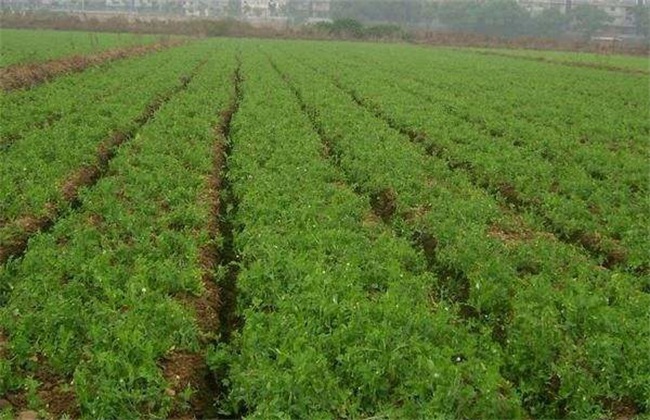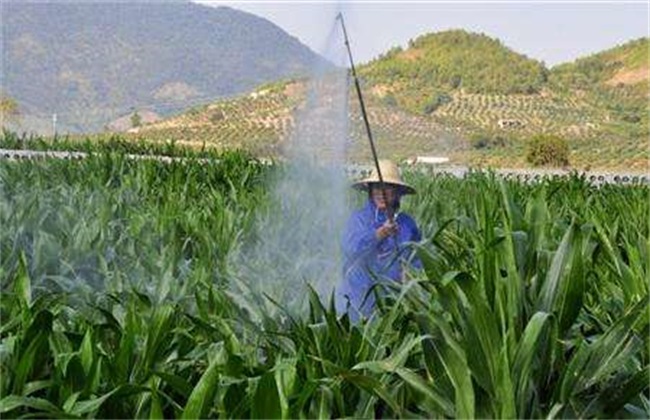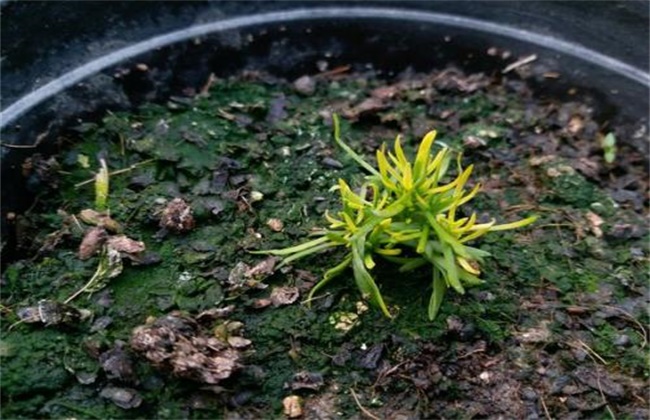Common planting patterns of green manure
Green manure is now a kind of fertilizer that we use more every day. Green manure is very beneficial to the growth of crops, not only to provide adequate nutrition for crops, but also to improve soil, improve the environment and other functions. Therefore, it is now welcomed by many growers, and there are many ways to grow green manure. So what are the specific ones? The following editor will briefly introduce the common planting methods of green manure for construction, let's have a look!

1. Single cropping
Monoculture planting green manure, as the name implies, is to take out a single piece of cultivated land, and only one green manure crop is planted on the cultivated land. Do not work together with other crops. For example, choose a piece of wasteland, and then plant green manure plants for a season or a year after reclaiming the wasteland. In order to increase the content of organic matter in the soil, so as to promote the growth of subsequent crops and increase the yield of subsequent crops.
2. Intercropping
Interplanting green manure is to interplant green manure with other crops in the same season. For example, when planting corn, the right amount of soybeans should be planted, and the right amount of mung beans and cowpeas should be planted between sugarcane. Interplanting green manure can fully improve the utilization rate of soil fertility and achieve the purpose of land use. In intercropping, if green manure is planted, it can improve the nitrogen absorption of main crops, reduce the harm of weeds and diseases and insect pests, and ensure the healthy growth of main crops.
3. Interplanting and planting
Interplanting green manure is actually similar to interplanting. The main difference is to sow an appropriate amount of green manure between the rows of the main crop before sowing or after harvest. For example, when planting late rice and entering the milk stage, you can plant an appropriate amount of Artemisia mandshurica, and interplant sweet clover and other crops in wheat fields. Interplanting can not only play the role of interplanting, but also make full use of the growing season, increase the growth time and increase the yield of green manure.
4. Mixed planting
Mixed planting of green manure refers to the mixed cultivation of two or more green manure crops in the same cultivated land. These two kinds of green manure crops are best for different kinds of crops, such as legume green manure and non-leguminous green manure, trailing green manure and upright green manure, etc. They can regulate nutrition with each other, and the trailing green manure can climb along the upright green manure to improve the field permeability. Therefore, the yield of mixed green manure is relatively high, and the effect of soil improvement is also very good.
5. Planting and multiple cropping
Planting green manure is to plant a short-term green manure crop in the short-term growing season after crop harvest. To provide base fertilizer for crops in the next season, this green manure should be based on varieties with short growing season and fast growth, such as mung beans, peas and so on. This method can improve the utilization rate of land resources, and it is more convenient to manage. It can harvest one more crop of green manure and provide adequate nutrition for the next crop.
The above is a brief introduction to the common planting methods of green manure. That's all for today's introduction. This article is for reference only. I hope it can be helpful to everyone.
Related
- Fuxing push coffee new agricultural production and marketing class: lack of small-scale processing plants
- Jujube rice field leisure farm deep ploughing Yilan for five years to create a space for organic food and play
- Nongyu Farm-A trial of organic papaya for brave women with advanced technology
- Four points for attention in the prevention and control of diseases and insect pests of edible fungi
- How to add nutrient solution to Edible Fungi
- Is there any good way to control edible fungus mites?
- Open Inoculation Technology of Edible Fungi
- Is there any clever way to use fertilizer for edible fungus in winter?
- What agents are used to kill the pathogens of edible fungi in the mushroom shed?
- Rapid drying of Edible Fungi



